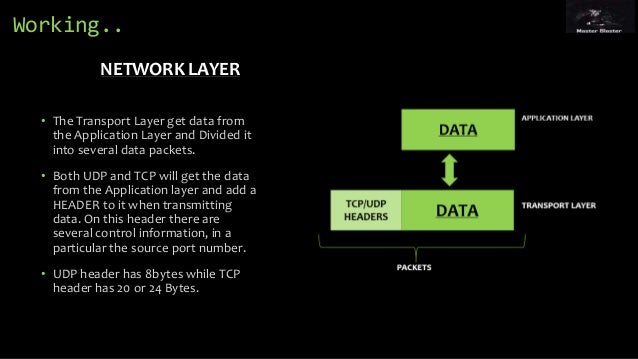


The client side is typically the active side and initiates the connection to the passive server side. The application responding to the transfer request, known as the server side, generally uses a well-known TCP port. The application initiating the transfer, known as the client side, generally obtains a port dynamically. These are analogous to the ports used by UDP. Before transmission begins, the applications at both ends of the transmission obtain a TCP port from their respective operating systems. TCP establishes a connection between two applications and sends a stream of bytes to a destination in exactly the same order that they left the source. The TCP/IP suite of protocols avoids this problem by using TCP, a reliable byte-stream delivery protocol. Application programmers might need to develop extensive error handling and status information modules to track the progress and state of data transfer for every application. This figure also illustrates how the concept of layering, discussed at the beginning of this section, affects the construction of packets sent across the network.įor applications that must send or receive large volumes of data, unreliable datagram delivery can become burdensome. Figure 1-3 shows a UDP datagram encapsulated in an IP datagram, which, in turn, is encapsulated in an Ethernet frame. The UDP datagram is encapsulated in an IP datagram that, in turn, is encapsulated in physical frames. (A socket consists of an IP address and the port number.) If there is no matching client or if the ICMP destination is unreachable then a port unreachable message is sent and the packet is dropped. The arriving UDP datagrams are delivered to the client that matches both the destination port number and address. UDP enables multiple clients to use the same port number and different IP addresses. Then the application can direct UDP datagrams to that port. For well-known port assignments, certain UDP port numbers are reserved for particular applications. The protocol defines two types of protocol ports: well-known port assignments and dynamically bound ports. UDP identifies applications through ports.


 0 kommentar(er)
0 kommentar(er)
